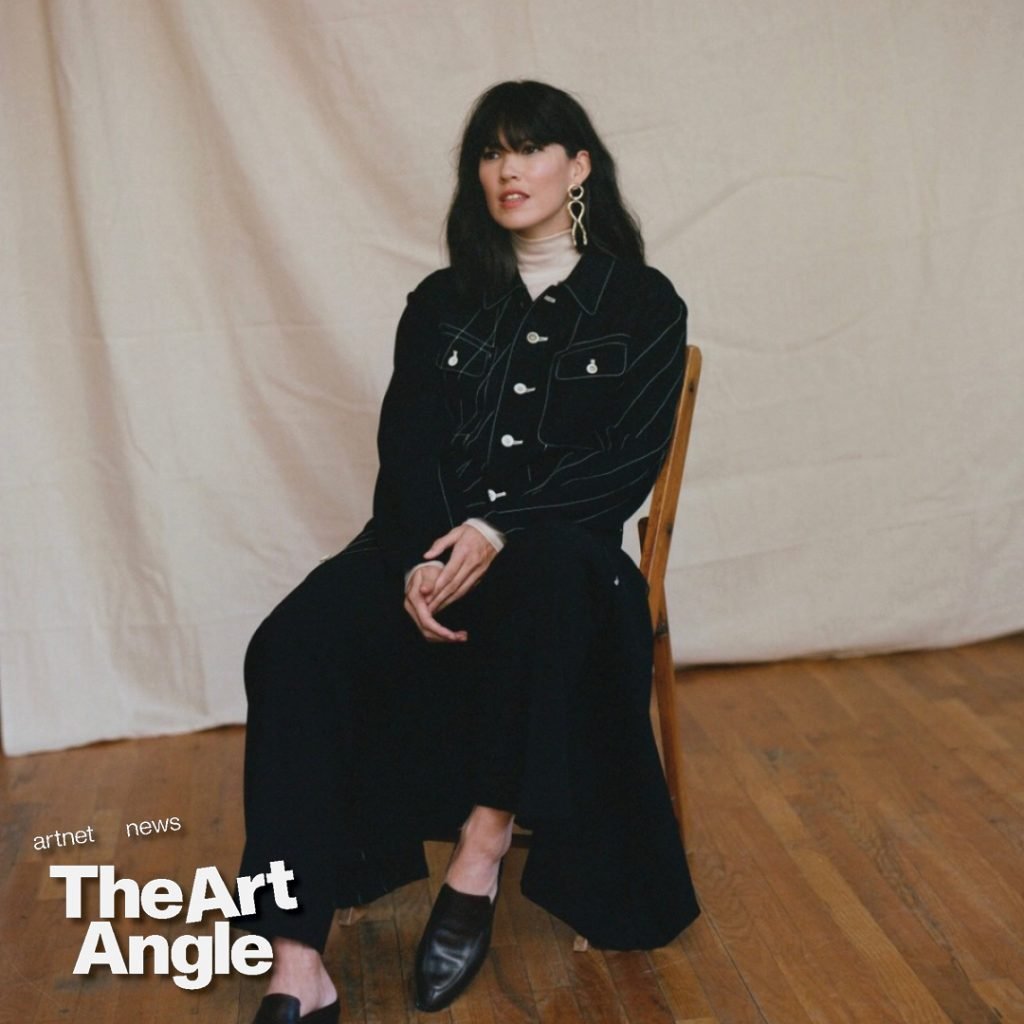The Art Angle
Art’s New Yen for Psychoanalysis
Author and psychoanalyst Jamieson Webster joins Ben Davis on the podcast this week.

Author and psychoanalyst Jamieson Webster joins Ben Davis on the podcast this week.

Artnet News

Art and psychoanalysis have had a very long and intense relationship over the years, and it makes sense that these two fields would be drawn to one another. Critics have long looked at psychoanalysis as offering a sophisticated model of decoding images and fantasies. Artists have made productive use of ideas like the unconscious and the uncanny, and of course, are very concerned with the questions of self-expression and desire that are at the core of analysis.
One figure who has gained quite a bit of attention in art lately for her ideas on all these things is Jamieson. Webster. Webster is an analyst and a teacher, and is among the founders of Pulsion, a new school for psychoanalysis here in New York City. She’s also the author of essays for places including The New York Times and the New York Review of Books, as well as books of her own, including the Life and Death of Psychoanalysis from 2019 and Disorganization and Sex from 2022.
Recently Webster spoke with art critic and podcast co-host Ben Davis about the fresh uptick of interest in psychoanalysis among artists now, the uses and abuses of therapy in art, and her new pamphlet titled The Psychoanalyst and the Artist, where she writes about what analysts can learn from two artists in particular, the sculptor Louise Bourgeois and the painter Carroll Dunham.